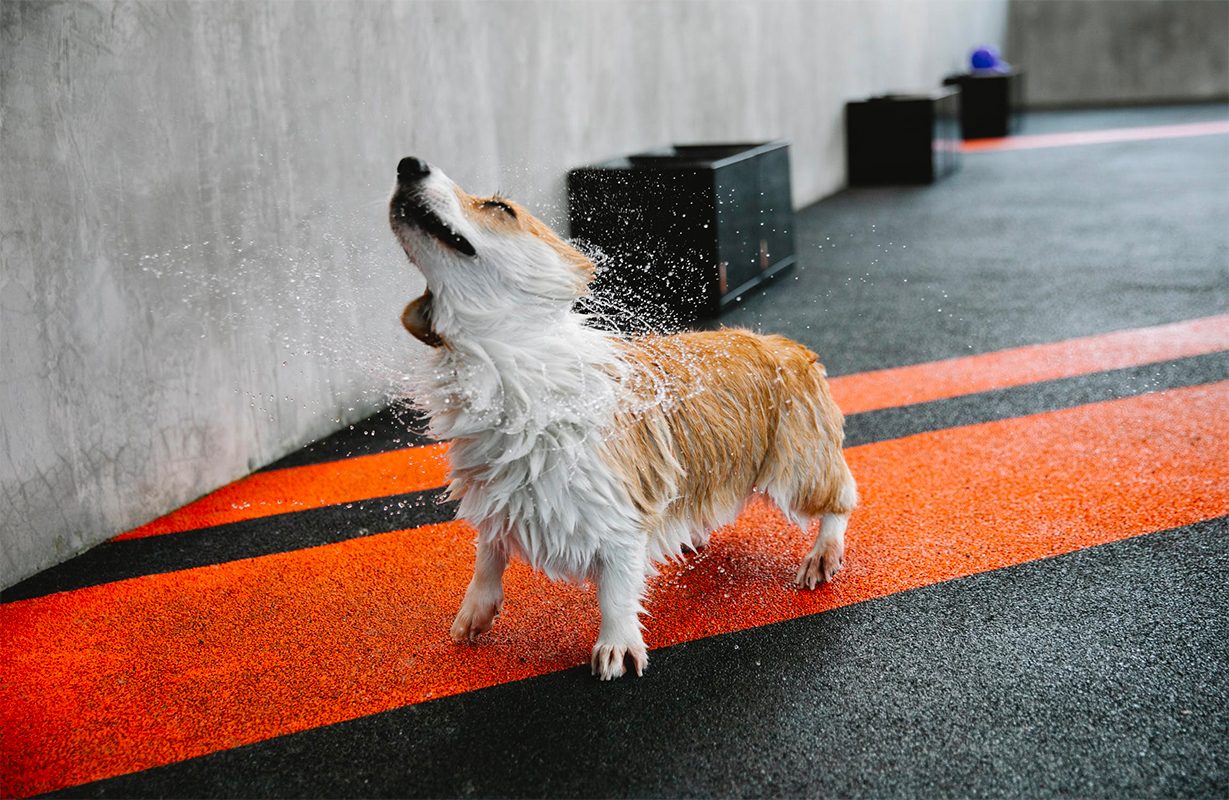When it comes to cat obedience training, cats aren’t always the first animals that come to mind. Dogs have long been known for being trainable and obedient, while cats are often seen as independent and aloof. However, with the right approach and techniques, cats can be trained to respond to commands and develop desirable behaviors. This comprehensive guide will delve into cat obedience training, exploring the methods, challenges, and benefits of teaching your feline friend to be more cooperative and well-behaved.
Cat Obedience Training: Comprehensive Guide
Before embarking on any training journey, it’s essential to understand the natural behavior of cats. Cats are known for their independent and territorial nature, deeply ingrained in their evolutionary history as solitary hunters. Unlike dogs, cats have not undergone centuries of selective breeding for specific traits like obedience. Cats are naturally inclined to follow their instincts and desires, which can sometimes make obedience training a unique challenge. However, this doesn’t mean cats are impossible to teach; it simply requires a different approach that aligns with their instincts and preferences.
The Benefits of Cat Obedience Training
While cats might not be as naturally inclined toward obedience as dogs, there are several compelling reasons to invest time and effort in training your feline companion:
- Safety: Trained cats are less likely to engage in dangerous behaviors, such as darting out of an open door or getting into potentially harmful substances.
- Strengthening the Bond: Training sessions allow you and your cat to interact positively, enhancing your bond and building trust.
- Reducing Stress: Behavioral issues, like excessive scratching or inappropriate elimination, can cause stress for you and your cat. Obedience training can address and mitigate such problems.
- Enrichment: Training exercises can mentally stimulate your cat, preventing boredom and promoting a healthier life.
Basic Principles of Cat Obedience Training
Successful cat training requires patience, consistency, and understanding. Here are some fundamental principles to keep in mind:
- Positive Reinforcement: Cats respond best to positive reinforcement, which involves rewarding desired behaviors with treats, praise, or play. Avoid using punishment, as it can damage the trust between you and your cat.
- Short Sessions: Cats have short attention spans, so keep training sessions brief and engaging. Aim for 5-10 minutes per session, and repeat them a few times throughout the day.
- Choose the Right Rewards: Identify treats or toys your cat finds particularly appealing. These will serve as effective rewards during training.
- Start with Basics: Begin with simple commands like “sit” or “come.” Once your cat has mastered these, you can gradually move on to more complex behaviors.
- Be Patient: Cats learn at their own pace. If your cat isn’t catching on quickly, don’t get frustrated. Instead, celebrate small victories and progress.
Step-by-Step Training Process
1. Set Up a Training Space
Choose a quiet and distraction-free area for training. Ensure your cat is relaxed before beginning the session.
2. Use Target Training
Target training involves teaching your cat to touch a specific object (like a stick or your hand) with its nose or paw. This forms the basis for many other commands.
- Hold the target object close to your cat’s nose.
- When they touch it with their nose or paw, reward them with a treat and praise.
- Gradually move the target object farther away and encourage them to follow it.
- Repeat until your cat consistently follows the target.
3. Teach Basic Commands
Once your cat is comfortable with target training, you can introduce basic commands:
- Sit: Hold a treat above your cat’s head, then slowly move it towards its tail. As their head follows the joy, their bottom will naturally lower. When they sit, reward and praise them.
- Come: Use a distinct cue, such as calling your cat’s name followed by “come.” When they approach you, reward and praise them.
4. Manage Undesirable Behaviors
Cat training isn’t just about teaching commands; it’s also about addressing unwanted behaviors:
- Scratching Furniture: Provide scratching posts and pads, and redirect your cat’s attention when they start scratching furniture.
- Inappropriate Elimination: Ensure your cat’s litter box is clean and easily accessible. If accidents occur, clean the area thoroughly to remove the scent.
Challenges and Solutions
Cat obedience training comes with its fair share of challenges:
- Independence: Cats are naturally independent and might not always respond immediately. Be patient and use high-value treats to motivate them.
- Distraction: Cats can be easily distracted by their surroundings. Start training in a quiet space and gradually move to more distracting environments.
- Inconsistency: Consistency is critical. Ensure all family members use the same commands and reward system to avoid confusion.
Advanced Training and Beyond
Once your cat has mastered the foundational commands, you’ll find yourself on the brink of a new realm of possibilities in feline training. As you progress beyond the basics, you can delve into teaching your cat various advanced tricks and behaviors that will not only astonish your friends but also provide your furry companion with mental stimulation and physical activity.
Advanced Tricks and Behaviors: Expanding the Training Repertoire
- High-Five: Teaching your cat to give a high-five can be a delightful and impressive trick. Start by offering your hand with an open palm to your cat at eye level. Use the same positive reinforcement techniques—treats and praise—to encourage them to reach out and gently tap your hand with their paw. Gradually refine the action until it resembles a playful high-five.
- Fetch: Contrary to popular belief, fetching isn’t reserved solely for dogs. Cats can also learn to retrieve small toys. Begin with a toy that piques your cat’s interest. Throw it a short distance and encourage your cat to retrieve it. When they do, offer praise and a treat. Keep the sessions light-hearted and brief to maintain their attention.
- Agility Training: Believe it or not, cats can participate in agility training like dogs. Set up a mini obstacle course with tunnels, hurdles, and platforms. Using treats as motivation, guide your cat through the system, rewarding them at each successful stage. Agility training challenges their physical abilities and nurtures their mental agility.
The Joy of Engaging Training Sessions
As you venture into more advanced training, remember that maintaining an atmosphere of enjoyment and engagement is paramount. Cats are more likely to participate enthusiastically in sessions that they find pleasurable. Here are a few strategies to ensure the enjoyment factor remains high:
- Variety is the Spice of Training: Incorporate a mix of tricks and behaviors during each session. This prevents monotony and keeps your cat’s interest piqued.
- Rewards Beyond Treats: While treats are a staple reward, remember to mix things up. Introduce a new toy or interactive play as a reward. This adds an extra layer of excitement to the training process.
- Observe Your Cat’s Mood: Cats have their own moods and might not always be receptive to training. If your cat seems uninterested or agitated, postponing the session and trying again later is better.
- End on a Positive Note: Always conclude training sessions on a positive note, even if the progress seems slow. This leaves your cat with a positive association and anticipation for the next session.
Conclusion:
While cat obedience training might require a different approach than training dogs, it is achievable and rewarding. Understanding your cat’s instincts, using positive reinforcement, and embracing patience will set the stage for successful training sessions. Through consistent efforts, you can strengthen your bond with your feline friend, promote positive behaviors, and create a harmonious and enriching environment for both of you. So, embark on this training journey with an open heart and a willingness to learn alongside your furry companion.
Popular Post
How to choose a training
Top tips for caring for
Tips for keeping your cat
Archives
Tags
Email for newsletter
At Pets Mall, we offer premium quality dog and cat food, pet supplies, and vaccination. Get everything you need for your pet!
If you pets need immediate veterinary’s treatment, give us a call and we will send a specialist vet to your home.
- 34 Q Block, Johar Town, Shah Alam Road, Near Ayub Chowk , Lahore
- petsmallpk@gmail.com
- 0301-7475573 , 0313-4343476
COPYRIGHT © PetsMall.pk ALL RIGHTS RESERVED. | DEVELOPED BY DIGIKNOWN











